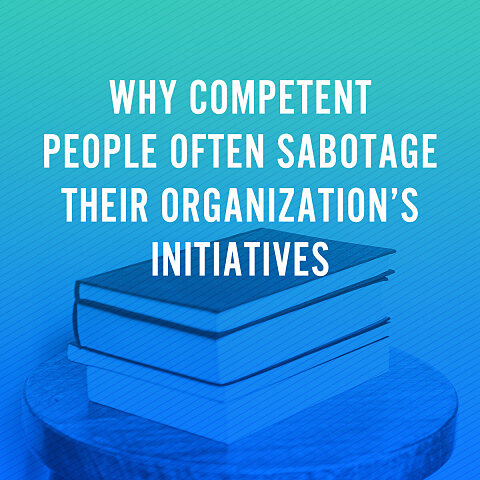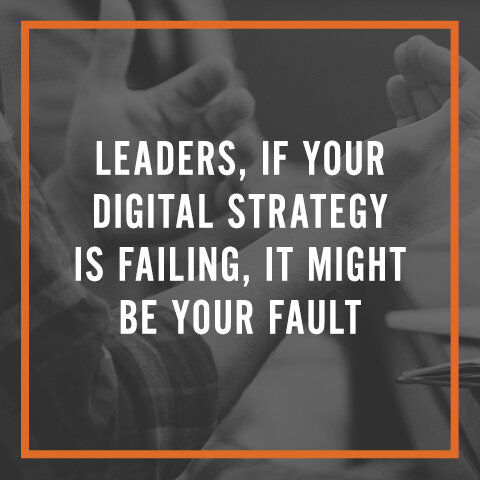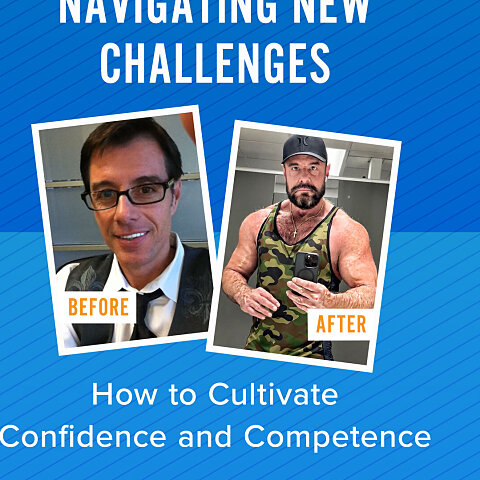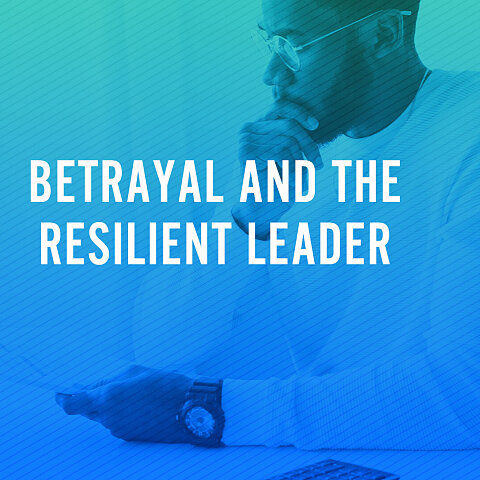5 Types of Leaders (And How Each is Impacted By the Pandemic)
By The A Group
I’m sure, as a leader, you’ve taken many personality tests to determine strengths, weaknesses and unique differentiators. These types of assessments help us to understand a more objective view of ourselves and how others may perceive us. And while they are valuable in helping us play to our strengths, they’re also equally valuable in helping us understand the areas that we need to intentionally focus on improving.
In today’s post, we’re discussing 5 types of leaders we’re seeing amidst this pandemic (as identified by Carey Nieuwhof). And while these leadership styles persist even through times that are not ridden with crisis, they become even more evident, visible and impactful amidst times like this.
How you respond in times of crisis can make or break your organization.
So, let’s walk through these types of leaders and identify where you may fall amongst them (and yes, you will likely showcase elements of a couple of them, but focus on where you tend to lean the majority of the time), and then we will walk through some ways to improve.
Denier:
This is the leader who wants to pretend that things aren’t happening…when things are absolutely happening. In this day and age, this person is acting as if there is no pandemic. They are making no changes in their business, leading personnel the same way they’ve always led them, and carrying on assuming they are above the impacts of this crisis.
As Nieuwhof says in his article, “Denial is a terrible leadership strategy. Denying the truth doesn’t change the truth.”
Leaders who change course when they see truth will always fare better than the leaders who believe they can somehow change the truth by denying it.
Reverter:
These types of leaders are the ones trying to restore the past and get back to the way things used to be. These people have the mentality of, “I wasn’t trained for this. I didn’t sign up for this. I need to get back to my comfort zone of how things were.”
Reverting to how things used to be is ok if the challenge you’re facing was simply an interruption that needs to be reversed and you can pick right back up where you left off. Reverting when a challenge is a disruption is a different story. Disruptions means that things are changing more profoundly, and you need to pivot and change direction.
Resigner:
Resigners are leaders who are just tired. They aren’t denying that things aren’t happening and they’re also not trying to change it back to how things were. They are simply resigning to the world that they now live in, and can’t muster up the energy to do anything about it.
Many leaders have been “the resigner” before, and know that you can’t continue from this headspace for long and still lead. To keep your tank from running on empty, keep yourself healthy and build up reserves so you are nimble and ready for change when it comes.
Adapter:
This is where most leaders live. An adapter fully understands that they are leading through some big change. They aren’t denying, trying to change it back or resigning to what has been handed them. But they’re also not innovating and charting new courses for all.
Adaptation is mostly forced on you. Remote working and Zoom meetings has been an adaption. Adapters are able to lead their organizations to survive amidst pandemics, but rarely are they able to lead a thriving organization amidst a pandemic.
Innovator:
These are the leaders who are forging new pathways. They see the problem or challenge ahead and they create entirely new ways to continue their mission, reach goals and continue on.
Innovators try new things. They develop new technologies. They turn the “normal” way of doing ministry/running their nonprofit upside-down and look at it from an entirely new angle to see what sticks. And guess what? Right now, people are more open to change than ever before. So, yes, while there is always risk involved in innovation, you have a more captive and forgiving audience. Give it a shot.
3 Quick Tips to Help you Become an Innovator
- Learn and study outside of your discipline
Don’t just study the giants in your industry. Look to other industries entirely and observe how they’re changing, what technology they’re instituting, and how they’re changing the game.
- Collaboration with your team
Some leaders want to be viewed as the winner at all costs. They struggle giving credit and they love to be the one who has the idea, but in order to have a culture of innovation, you must bring in your team. Create an environment where a team can bring ideas and criticize ideas safely.
- Don’t be afraid of criticism
It’s an obvious one, but people often fear this the most. But listen, to some degree, you will likely be criticized no matter what. Innovation is not for the thin-skinned or faint-of-heart. Operate in the headspace where you know it’s coming, and continue forward anyways.
Leadership is hard. Navigating a pandemic is hard. If you or your organization needs help overcoming some new obstacles or you need a strategic third-party eye on your ideas, we would love to help. Contact us to learn more about how we can come alongside you and help lead you to innovation.














